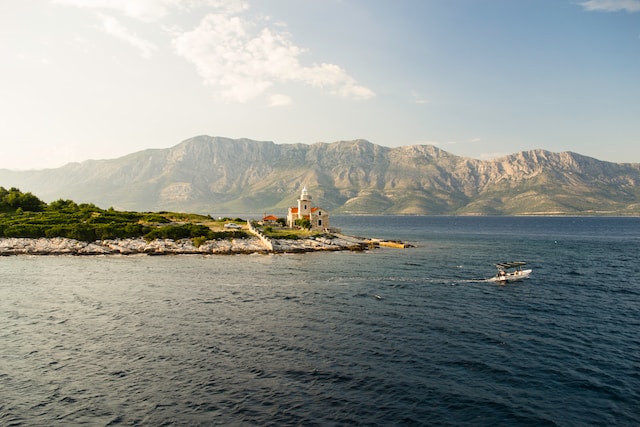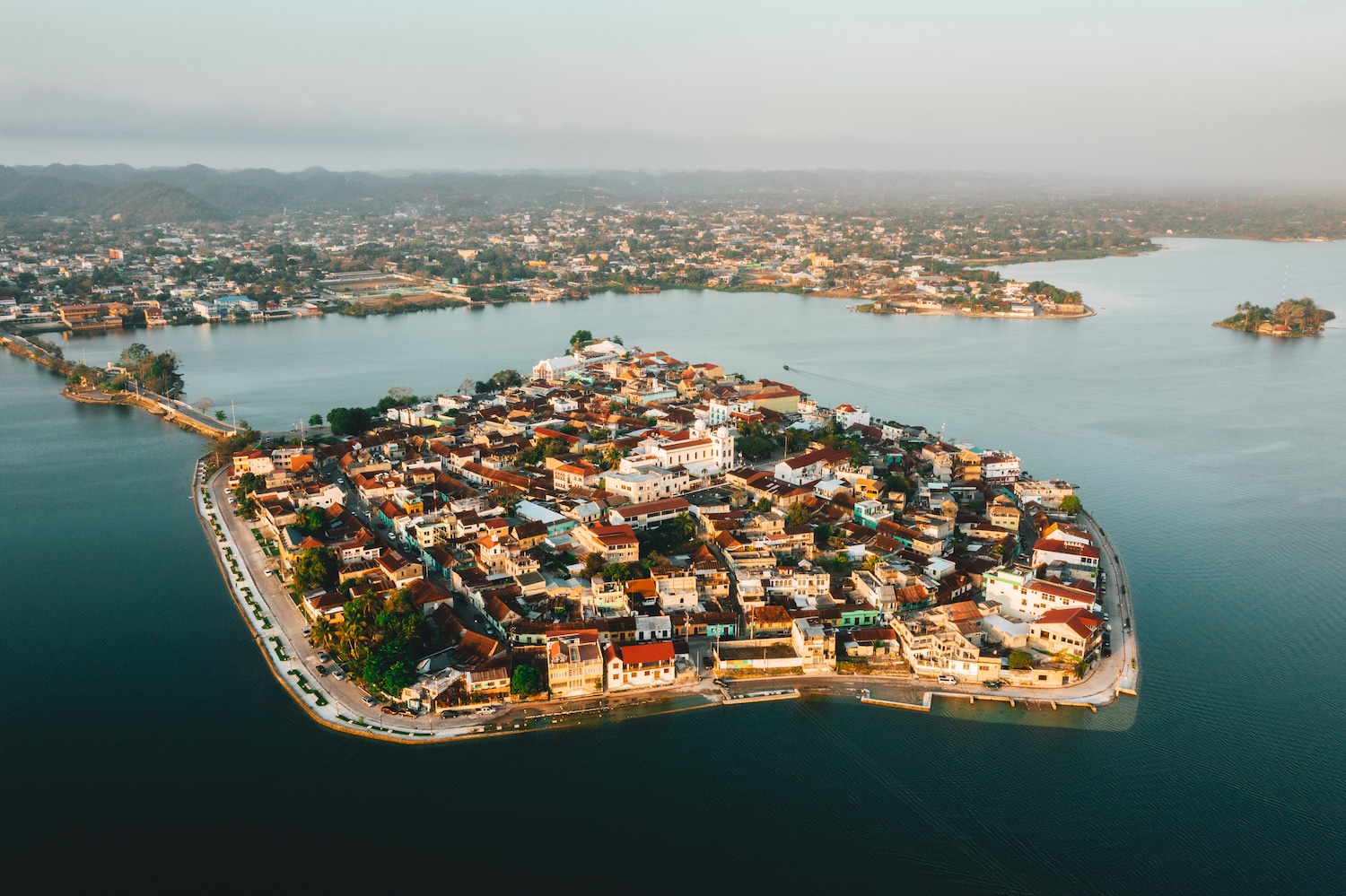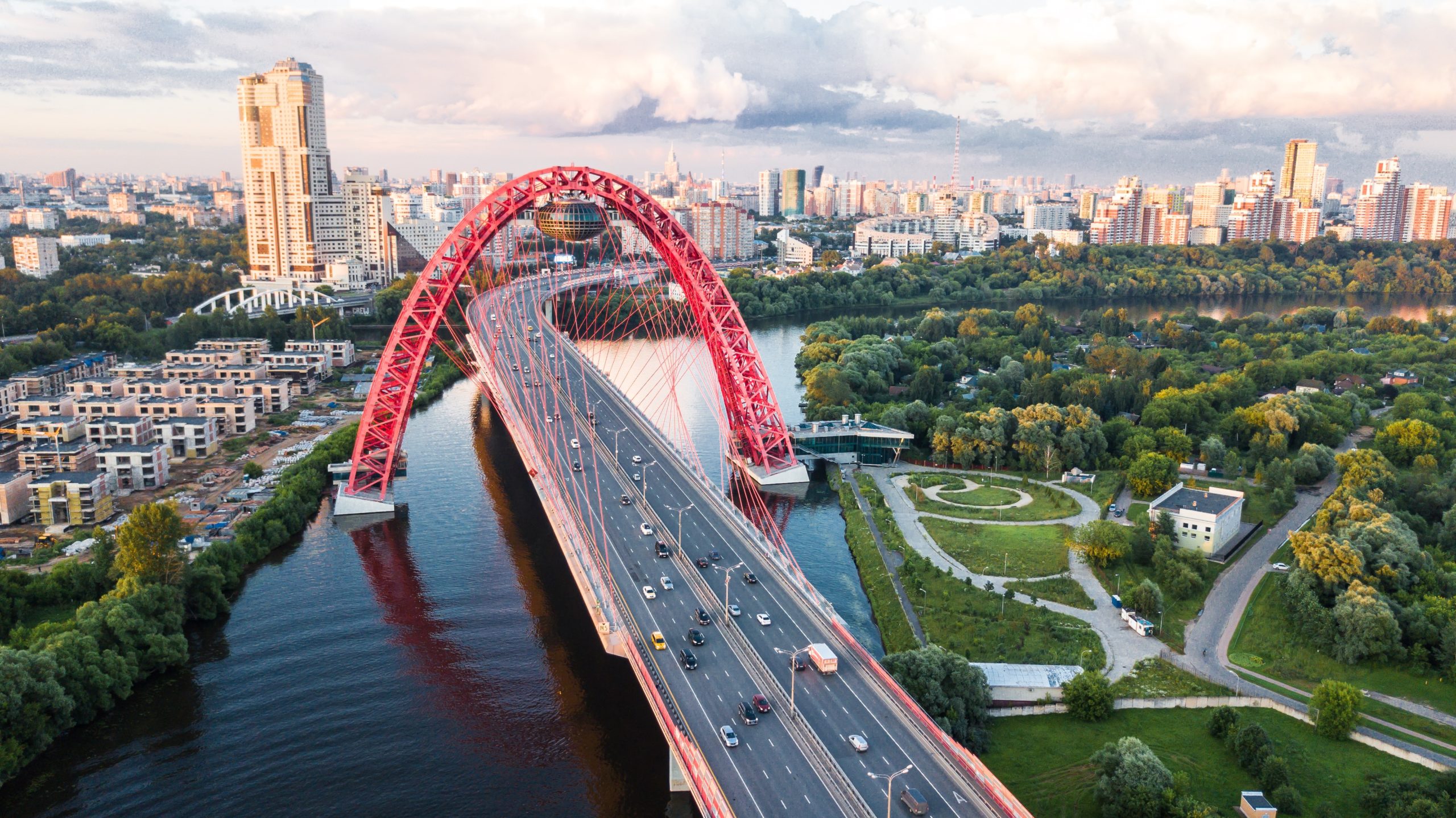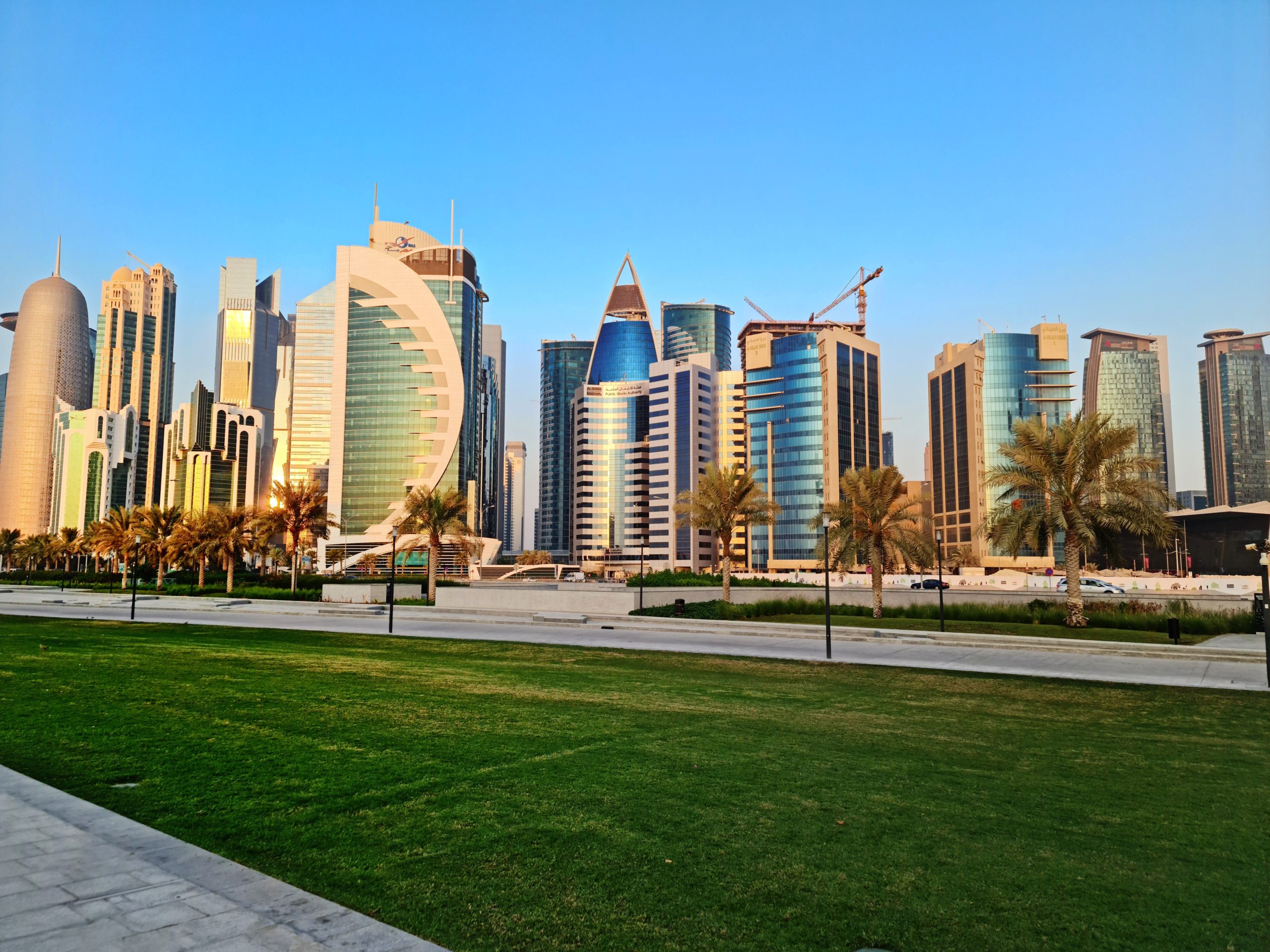With a total territory of around 21,851 square miles and a population of 4.28 million, Croatia is a nation situated between southeast and central Europe. The tertiary sector makes up around 60% of Croatia’s GDP, and the country’s economy is heavily focused on the service sector. The largest Croatian industries are listed below: With a total territory of around 21,851 square miles and a population of 4.28 million, Croatia is a nation situated between southeast and central Europe. The tertiary sector makes up around 60% of Croatia’s GDP, and the country’s economy is heavily focused on the service sector. The largest Croatian industries are listed below:

Tourism
Tourism is a significant industry in Croatia; in 2018, there were over 18.4 million tourists who traveled there and spent roughly 110.275 million nights. The country’s GDP was predicted to be 20% of tourism-related revenue in 2017, which came to roughly €9.5 billion. The impact of tourism on the economy was felt throughout the entire nation as a result of increased business volume, customer retention, summer seasonal employment, and order processing. Since it reduces the country’s trade imbalance with other countries, tourism is considered an export trade. It is possible to date the beginning of the nation’s tourist industry to around 1850 in the middle of the 19th century, and it has been flourishing ever since.
Manufacturing
The history of Croatia’s manufacturing sector stretches back to the 19th century when the nation was developing in several industrial sectors, including the production of textiles, food products, ships, footwear, and leather. Currently, 24% of Croatia’s industrial revenue comes from the production of food and beverages, which dominate the industry there.
Agriculture
Less than one-fourth of Croatia’s land area is used for agriculture, which generates less than one-tenth of the nation’s GDP. The majority of other agricultural land is currently owned privately, and the majority of landholdings are too small for viable production. Croatia exports agricultural goods to a variety of nations, including Italy, Bosnia and Herzegovina, Serbia, and Slovenia. The name “granary of Croatia” refers to Slavonia, the most productive agricultural region in Croatia. Large-scale land holdings, capital-intensive farming, and production that is focused on the market define farming in Slavonia.
Natural resources
Mineral resources are not abundant in substantial amounts in Croatia. In the 1970s and 1980s, coal and other mines (bauxite) were shut down. Non-metal minerals, which are employed as building materials’ raw materials, are abundant (gravel, sand, marl, construction rocks). In addition to renewable energy sources like wind, hydropower, and solar energy, Croatia has natural energy resources, including oil and gas. Additionally, it processes and extracts a sizable amount of sea salt (salt works in Pag, Ston, and Nin).
Industry, energy, and construction
Croatia’s industrial industry contributes significantly to its overall output. The petrochemical sector, manufacturing, and shipbuilding are the most prevalent sectors. Some businesses were forced to close during the transition or suffered damage during the conflict, while others only partially adapted to the trends in global manufacturing. The textile, leather, metal, and lumber sectors, as well as certain significant shipyards, are primarily affected by this. The building and energy industries both produce a substantial amount of goods. However, certain industries are still producing well and are involved in international trade. Industrial product sales in 2019 totaled HRK 139.5 billion (EUR 18.6 billion), of which HRK 57.7 billion was generated through exports (EUR 7.7 billion).
The production of food, beverages, and tobacco are the top industrial sectors by total revenue, followed by the chemical and oil industries. Manufacturing accounts for almost 90% of all exports, making it the most significant sector in terms of exports.
- Food products (8.0%)
- Coke and oil (7.1%)
- Pharmaceutical products (6.8%)
- Electrical equipment (6.8%)
- Machines and devices (6.5%)
- Finished metal products (6.4%)
- Chemical products (5.6%)
- Automobiles (5.5%)
- Wood and wood products (4.9%)
- Clothing (4.7%)
- Metals (3.6%)
Other vehicles (3.4%), other non-metal and mineral products (3.4%), computers and computer equipment (3.2%), rubber and plastic products (3.2%), and other products were the top exports.







